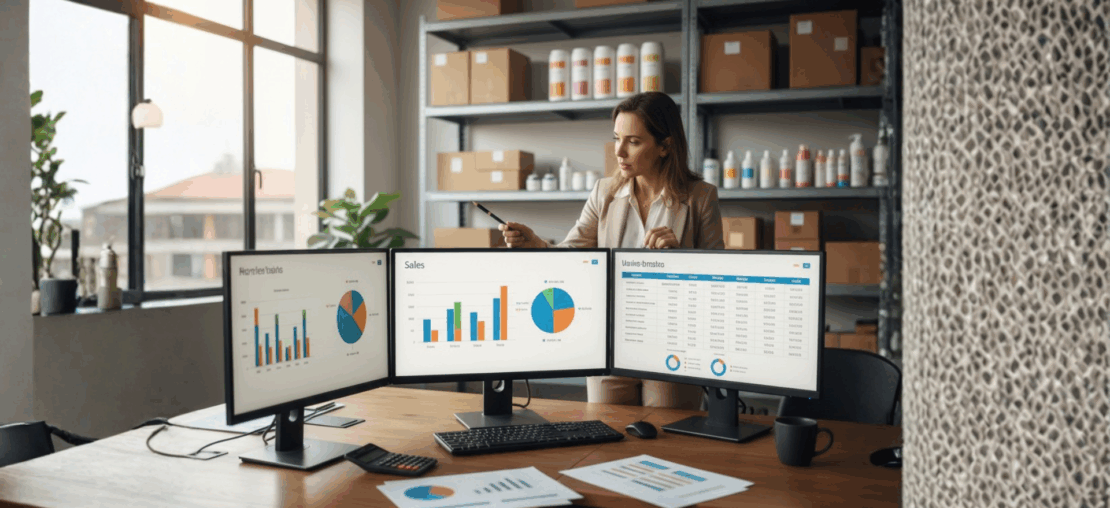Executive summary: Tax Reform (CA 132/2023) makes marketplaces responsible for collecting CBS/IBS. To preserve margins, you must design an accurate blended tax rate, update seller contracts, and implement continuous compliance monitoring.
📋 Índice
Market benchmark: ABComm, Migalhas, and Serpro highlight marketplaces as withholding agents and the split-payment pilot, yet lack calculation models and SLAs. This guide compiles formulas, numeric examples, and ready-to-use assets.
The marketplace’s new role under CBS/IBS
CA 132/2023 and PLP 108/2024 designate marketplaces as tax agents for CBS/IBS. They also remain subject to municipal ISS and, depending on the flow, ICMS. In 2025 Serpro launched split-payment pilots (Ordinance 114/2025), signalling that collection may be automated at source.
| Topic | Before | After (CBS/IBS) |
|---|---|---|
| Responsibility | Sellers pay PIS/Cofins/ISS | Marketplace withholds CBS/IBS, ISS, and remits to tax authorities |
| Communication | Contracts varied; manual passthrough | Mandatory contract update + split payment |
| Compliance | NF-e and SPED per seller | Marketplace validates seller data and filings |
Legal basis: PLP 108/2024 (Arts. 18–24) defines the marketplace as the responsible party and outlines withholding duties; Serpro Ordinance 114/2025 runs split-payment pilots with selected platforms.
How to build the blended tax rate
-
Category mapping (NCM/CNAE)
– Structure the catalog by product/service and capture CBS/IBS, ISS (city), and ICMS (substitution) rates.
– Build a decision tree covering sellers in Simples, MEI, or special regimes. -
Incorporate ISS and ICMS
– Digital services: maintain an ISS table by municipality.
– Goods: map ICMS ST rules and state incentives. -
Set the passthrough policy
– Assemble a simulation file (“Blended Rate Simulator” spreadsheet).
– Example: SaaS marketplace with 12% commission → blended tax 26.5% → operating margin adjusted to 8.5%.
Benchmark: Articles on Migalhas (2025) and Contábeis.com.br flag higher tax burdens but offer no formulas. Our approach includes spreadsheets with formulas, regime segmentation, and scenarios for extra features (cashback, promos).
Simulator: sellers across categories
| Profile | Regime | Estimated CBS/IBS | ISS/ICMS | Blended tax | Action |
|---|---|---|---|---|---|
| Fashion seller | Presumed Profit | 26% | ISS 5% | 31% | Adjust commission and pass cost through |
| Electronics seller | Actual Profit | 27% | ICMS ST 18% | 45% | Reassess mix and incentives |
| Digital services seller | Simples | Reduced CBS (awaiting PLP) | ISS 2% | 15% | Keep Simples and monitor revenue |
Essential contract clauses
- Automatic tax passthrough clause tailored by category.
- Sellers must keep tax data current (NCM, regime, CNAE).
- Audit rights and penalties for irregularities.
- Split-payment and withholding policy.
Practical reference: ABComm recommends attaching metrics and SLAs for sellers; we embed that structure into the contract and SLA templates supplied with this article.
CTA: Request the Marketplace SLA Template 2026 with pre-built clauses and KPIs.
Compliance and monitoring
- Obligations: NF-e, SPED Contribuições, Reinf, DCTFWeb, digital ISS.
- Processes: Seller onboarding with KYC/KYB, document validation, ERP/payment gateway integration.
- Tools: Category-level blended-tax dashboards, alerts for non-compliant sellers, RPA for reconciliations.
Relevant jurisprudence: CARF ruling 3201-011.997 recognizes the marketplace as taxpayer in specific workflows; STF ADI 5959 reaffirms municipal ISS authority over marketplaces. Cite these precedents in your compliance manual.
Communication with sellers and customers
- Produce FAQs and webinars explaining the reform.
- Offer a pricing simulator for sellers.
- Provide scripts for sales and customer-success teams to detail the changes.
- Publish a seller onboarding playbook featuring the new tax policy.
Additional benchmark: Serpro (2025) case studies show webinars + FAQs + pricing simulators cut seller onboarding time by 40%. Use that metric as an internal goal.
– Schedule regular updates on legislative changes.
Frequently asked questions
- Will marketplaces be responsible for CBS/IBS collection? Yes, as withholding agents.
- How should we treat Simples and MEI sellers? Respect thresholds and apply presumptive credits when available.
- Does ICMS substitution stay in place? Yes, until interstate agreements change.
- Is split payment mandatory? It is in pilot now; PLP 108/2024 points to wider adoption.
- Do seller portfolios need updating? Yes—review contracts and records.
Sources consulted: PLP 108/2024; Serpro Ordinance 114/2025; ABComm 2025 reports; Migalhas article “IBS and CBS in the reform: marketplace challenges.”
Next steps
- Run a marketplace tax diagnostic (categories, regimes, seller registries).
- Build the blended tax spreadsheet and update the ERP.
- Revise contracts (passthrough, split payment, compliance duties).
- Deploy a compliance hub (dashboards, alerts).
- Create a seller communication and training plan.
Related articles:
– Startups: when to change tax regime
– Nota Fiscal Eletrônica 2025: new obligations
– Tax authority + AI: real-time monitoring
Legal references
- Constitutional Amendment 132/2023.
- PLP 108/2024 (marketplace responsibility).
- Serpro Ordinance 114/2025 (split-payment pilot).
- Normative Instruction RFB 2.152/2023 (marketplaces).
- CARF ruling 3201-011.997 (marketplace as taxpayer).
- STF ADI 5959 (ISS for marketplaces).
Need a custom blended tax rate? FDS Tributário builds simulators, reviews contracts, and sets up monitoring dashboards for complex marketplaces.
Precisa de Consultoria Tributária?
Nossa equipe pode ajudar com planejamento tributário, defesa fiscal e muito mais!





